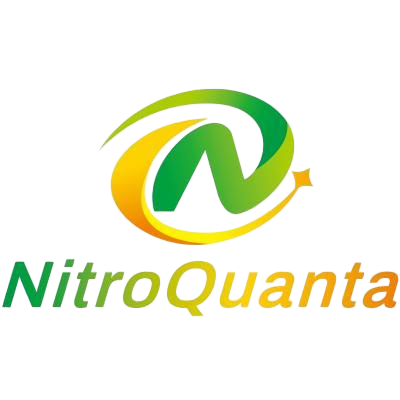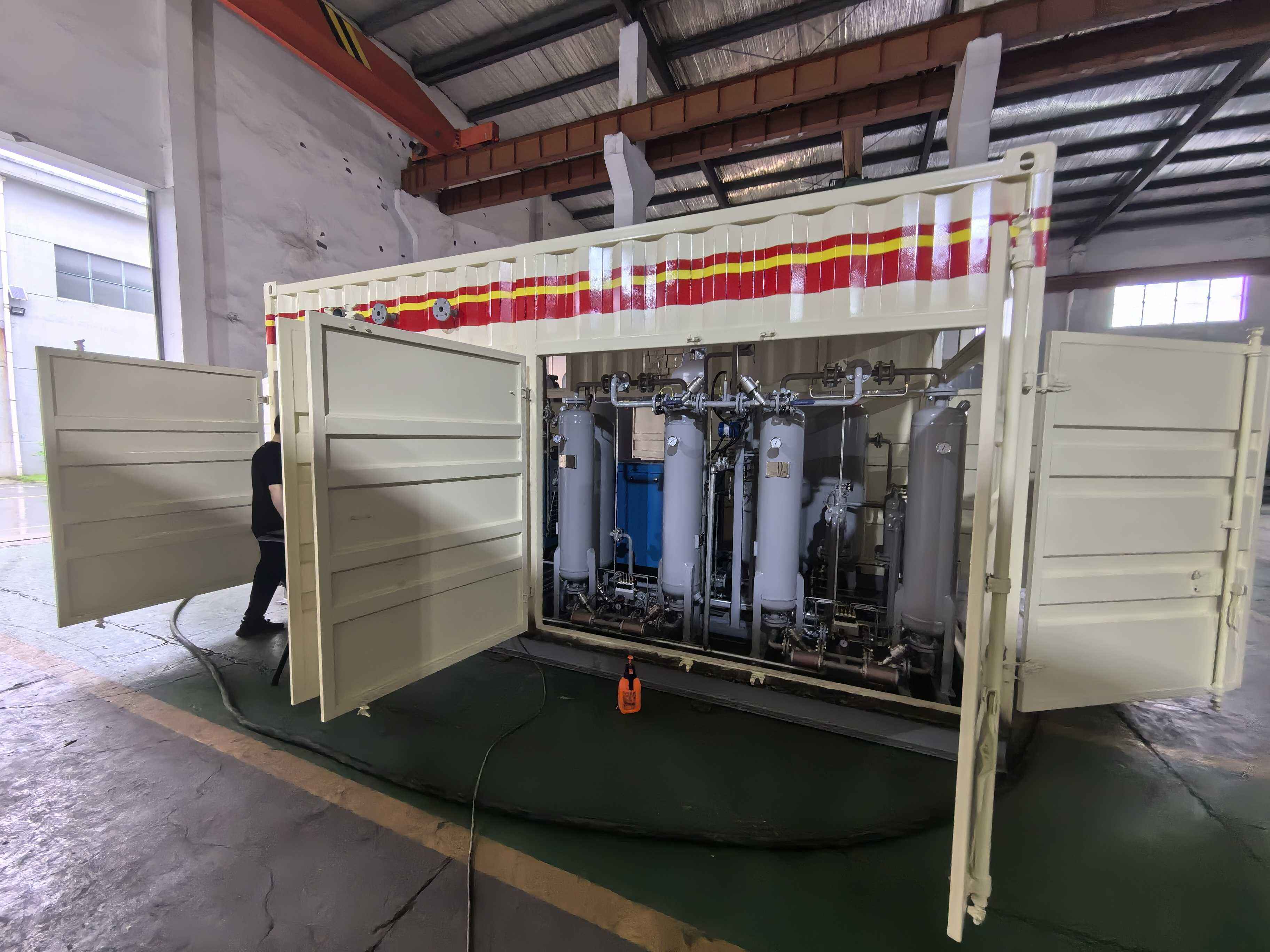The Transformative Power of Nitrogen Gas in Modern Manufacturing
In today's competitive industrial landscape, manufacturers are constantly seeking ways to optimize their processes, enhance product quality, and reduce operational costs. One element that has revolutionized manufacturing processes across various industries is nitrogen gas in manufacturing. This colorless, odorless gas has become an indispensable component in countless applications, from food packaging to electronics production. Understanding its numerous benefits can help businesses make informed decisions about implementing nitrogen gas systems in their operations.
Critical Applications of Industrial Nitrogen
Food and Beverage Industry Applications
The food and beverage industry heavily relies on nitrogen gas in manufacturing processes to maintain product freshness and extend shelf life. By displacing oxygen in packaging, nitrogen creates an inert environment that prevents oxidation and bacterial growth. Major food manufacturers use nitrogen gas for packaging various products, from potato chips to coffee beans, ensuring that products remain fresh from production to consumption.
Modern beverage producers also utilize nitrogen gas to create the characteristic creamy texture in certain drinks, particularly draft beers and nitro coffee. The tiny bubbles created by nitrogen provide a smoother, more luxurious mouthfeel compared to traditional carbonation with carbon dioxide.
Electronics Manufacturing Protection
In electronics manufacturing, nitrogen gas plays a crucial role in creating controlled environments for sensitive components. During the soldering process, nitrogen helps prevent oxidation of metal surfaces, ensuring higher-quality connections and reduced defect rates. The semiconductor industry, in particular, depends on ultra-pure nitrogen gas to maintain clean room conditions and protect delicate manufacturing processes.
Advanced electronics manufacturers use nitrogen gas in wave soldering and reflow ovens, where it creates an inert atmosphere that significantly improves solder joint quality and reduces dross formation. This application has become increasingly important as electronic components continue to miniaturize and require more precise manufacturing conditions.
Environmental and Safety Advantages
Reduced Carbon Footprint
Implementing nitrogen gas in manufacturing processes often leads to significant environmental benefits. On-site nitrogen generation systems reduce the need for regular deliveries of liquid nitrogen, thereby decreasing transportation-related carbon emissions. Additionally, nitrogen's inert properties make it an environmentally friendly alternative to many chemical-based preservation methods.
Many facilities have reported substantial reductions in their carbon footprint after switching to on-site nitrogen generation, with some achieving up to 50% decrease in related transportation emissions. This environmental benefit aligns with growing corporate sustainability initiatives and regulatory requirements.
Enhanced Workplace Safety
Nitrogen gas in manufacturing environments provides numerous safety advantages compared to alternative methods. As an inert gas, nitrogen doesn't react with other materials, making it ideal for creating safe, controlled atmospheres in various industrial processes. When properly managed, nitrogen systems help prevent fires, explosions, and chemical reactions that could pose risks to workers and facilities.
Safety protocols for nitrogen use are well-established and widely understood, making it easier for facilities to train personnel and maintain safe operating conditions. Modern monitoring systems and automated controls further enhance safety by providing real-time oversight of nitrogen levels and distribution.
Cost-Efficiency and Production Benefits
Operational Cost Reduction
The implementation of nitrogen gas in manufacturing operations often results in significant cost savings over time. While initial investment in nitrogen generation equipment may be substantial, the long-term benefits typically outweigh these costs. Companies can eliminate ongoing expenses associated with purchasing and delivering liquid nitrogen, reducing their operational expenses considerably.
Many manufacturers report payback periods of 12-24 months on nitrogen generation systems, after which they experience substantial ongoing savings. The ability to produce nitrogen on-demand also eliminates costs associated with storage and loss through evaporation of liquid nitrogen.
Quality Improvement and Waste Reduction
Using nitrogen gas in manufacturing processes consistently leads to higher product quality and reduced waste. In metal processing, nitrogen prevents oxidation and surface degradation, resulting in fewer rejected parts and improved finish quality. Food manufacturers experience longer shelf life and better product appearance, reducing returns and waste due to spoilage.
The precise control possible with nitrogen systems allows manufacturers to optimize their processes for specific products and conditions, leading to more consistent quality outcomes. This precision helps reduce material waste and improves overall production efficiency.
Future Trends and Innovations
Advanced Automation Integration
The future of nitrogen gas in manufacturing is closely tied to Industry 4.0 and smart factory initiatives. Modern nitrogen generation systems are increasingly incorporating IoT sensors and automated controls, allowing for real-time monitoring and adjustment of nitrogen levels. This integration enables predictive maintenance and optimization of nitrogen usage across different manufacturing processes.
Manufacturers are developing more sophisticated control systems that can automatically adjust nitrogen flow rates and purity levels based on real-time production requirements, further improving efficiency and reducing waste.
Sustainable Manufacturing Solutions
As sustainability becomes increasingly important in manufacturing, nitrogen gas systems are evolving to meet these challenges. New generation systems are more energy-efficient and can be powered by renewable energy sources, further reducing their environmental impact. Manufacturers are also exploring ways to recover and reuse nitrogen, creating closed-loop systems that minimize resource consumption.
Innovative applications of nitrogen gas in manufacturing continue to emerge, particularly in areas such as 3D printing and advanced materials processing, where controlled atmospheres are crucial for quality outcomes.
Frequently Asked Questions
How pure does nitrogen gas need to be for manufacturing applications?
The required purity of nitrogen gas varies depending on the specific manufacturing application. Food packaging typically requires 99.9% pure nitrogen, while electronics manufacturing may need 99.999% purity or higher. Modern nitrogen generation systems can be configured to produce nitrogen at various purity levels to match specific requirements.
What are the maintenance requirements for nitrogen generation systems?
Nitrogen generation systems require regular maintenance to ensure optimal performance, including filter replacements, sensor calibration, and periodic system inspections. However, modern systems are designed for reliability and typically need less maintenance than traditional gas supply methods. Most manufacturers recommend quarterly to annual maintenance schedules depending on usage patterns.
How can manufacturers determine if nitrogen gas is cost-effective for their operations?
To evaluate the cost-effectiveness of nitrogen gas in manufacturing, companies should consider their current nitrogen usage, delivery costs, storage requirements, and potential process improvements. A detailed analysis should include factors such as energy costs, maintenance requirements, and projected production increases. Many suppliers offer ROI calculators and site surveys to help determine potential savings.

